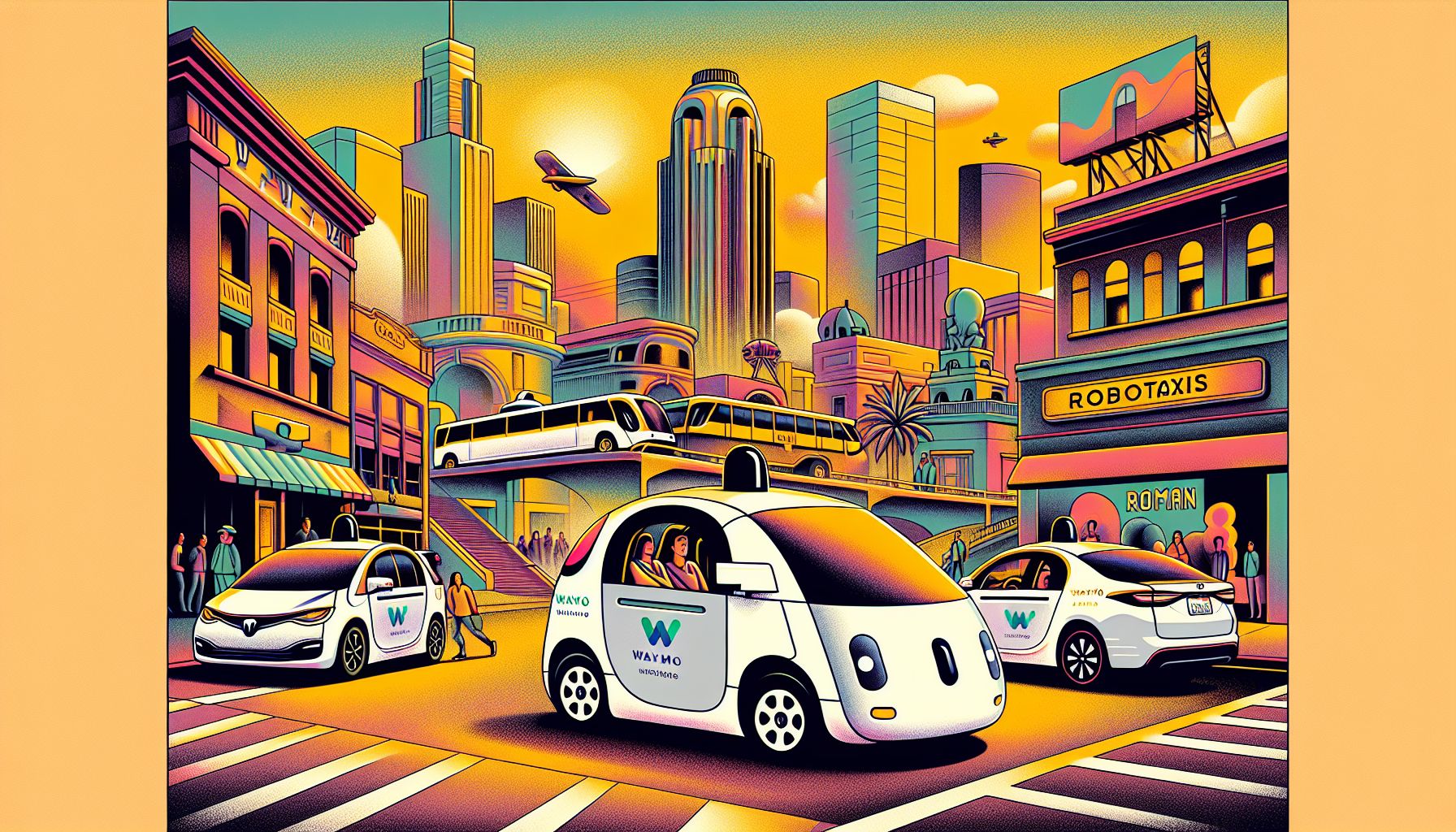Waymo's Robotaxis Hit 100,000 Weekly Rides Milestone

Mountain View, Wednesday, 21 August 2024.
Alphabet’s autonomous vehicle company Waymo has doubled its weekly paid rides to 100,000 in just three months. This surge follows service expansions in San Francisco, Phoenix, and Los Angeles, marking a significant step forward in consumer adoption of self-driving technology.
Expansion and Adoption
Waymo’s impressive growth can be attributed to its strategic expansion into new markets and the removal of waitlists, allowing more consumers to experience its autonomous ride-hailing service. Currently, Waymo operates in San Francisco, Phoenix, and Los Angeles, with recent service extensions to the San Francisco Peninsula and certain parts of Los Angeles. This expansion has played a crucial role in doubling the number of weekly rides from 50,000 to 100,000 in just three months[1].
Technology Behind Waymo’s Success
Waymo’s fleet comprises hundreds of fully autonomous electric Jaguar I-Pace vehicles, with 778 robotaxis currently deployed in California[2]. The vehicles are equipped with a multilayered suite of sensors, including cameras, lidar, and radar, which allows them to see up to three football fields away in all directions, day and night[3]. This advanced technology ensures that the Waymo Driver can navigate complex urban environments safely and efficiently.
Consumer Experience and Safety
The Waymo One app enhances the rider experience by offering features such as interactive in-car screens that show what the vehicle is seeing and its planned route. Riders can also adjust the temperature, play music, or even take a nap during their journey. Safety remains a top priority, with the Waymo Driver designed to minimize human error, which is responsible for 94% of traffic accidents. By reducing human involvement, Waymo aims to decrease the annual 36,000 fatalities from car crashes in the U.S.[4].
Future Investments and Competition
Alphabet has committed to investing an additional $5 billion in Waymo over the next few years to further enhance its autonomous vehicle technology and expand its service areas[5]. This investment is crucial as competition in the autonomous vehicle market intensifies. Companies like Tesla, General Motors’ Cruise, Amazon’s Zoox, and China-based WeRide are also making significant strides in developing their own versions of robotaxis. Waymo’s ability to maintain its lead in the market will depend on continuous innovation and strategic partnerships.
Challenges and Regulatory Scrutiny
Despite its achievements, Waymo faces several challenges, including regulatory scrutiny and consumer skepticism. The National Highway Traffic Safety Administration is investigating reports of Waymo vehicles causing crashes or violating safety laws. Additionally, many consumers are still hesitant to trust autonomous vehicles. However, Waymo remains optimistic, emphasizing that its technology is continually improving and contributing to safer roads[6].

